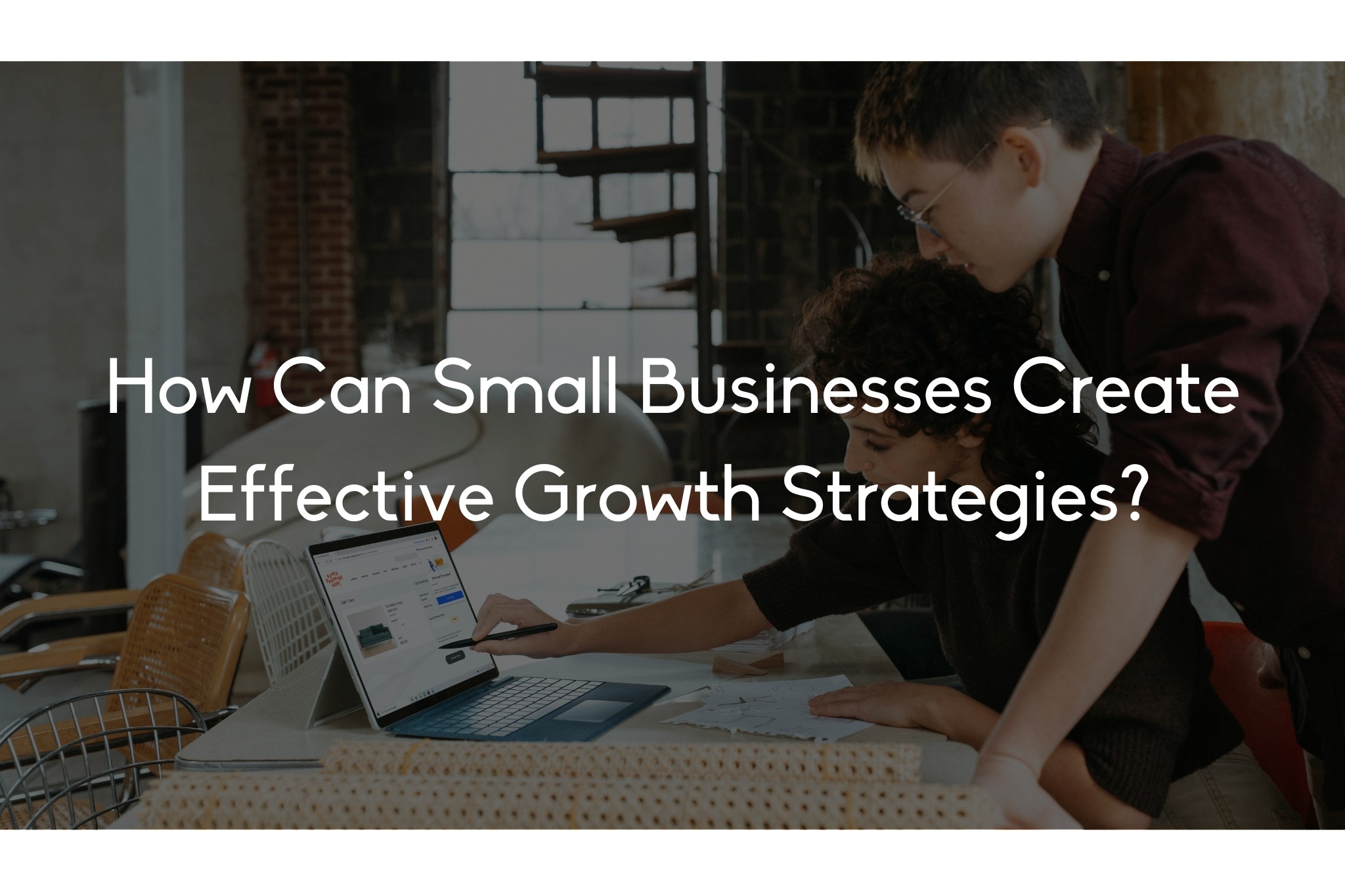
As a small business owner, you know that growth isn’t just about increasing sales or expanding your customer base. It’s about creating a sustainable, scalable system that allows you to thrive in an ever-evolving market. Without a solid growth strategy, your business could stall or, worse, fade away as competitors capitalize on your missed opportunities.
To create an effective growth strategy for your small business, focus on three main pillars: understanding your market, setting achievable goals, and implementing systems that allow you to scale efficiently. It doesn’t have to be overly complicated, but it does have to be well thought out.
If you’re ready to unlock your business’s potential, stay with us as we dive into actionable steps to craft a growth strategy tailored to small businesses. We’ll explore how to map out your goals, tap into your competitive edge, and make decisions that position your business for long-term success.
Before plotting a course for growth, it’s essential to have a deep understanding of the market you’re operating in. Who are your customers? What pain points do they face? How are your competitors responding to their needs?
Market research isn’t just a one-time task; it’s an ongoing process that allows you to stay relevant and agile. Begin by analyzing both your customers and competitors. Use surveys, social media polls, or informal chats with your customers to gain insights into their preferences.
Don’t just focus on your current audience; explore untapped markets or segments that align with your product or service offerings. Understanding these dynamics gives you an edge, allowing you to either refine your current approach or pivot into more promising areas.
One of the biggest mistakes small businesses make is setting vague or unrealistic goals. You might want to “grow sales,” but what does that mean in real terms? Effective growth strategies require SMART goals—Specific, Measurable, Achievable, Relevant, and Time-bound.
Start by outlining your long-term vision, then break it down into smaller, more manageable steps. For example, if your long-term goal is to increase revenue by 25% over the next two years, break that down into quarterly goals.
Smaller, incremental goals keep you motivated and allow you to measure progress. Each achievement builds confidence and sets the stage for larger milestones.

Growth can be exciting, but it can also stretch your business thin if you’re not prepared. To ensure you’re growing sustainably, put systems in place that can scale with your business. Think of these systems as the backbone that supports everything from daily operations to future expansions.
Technology is your ally here. Whether it’s automating marketing efforts, implementing a customer relationship management (CRM) system, or adopting accounting software, the right tools free up your time and resources. This allows you to focus on more strategic initiatives.
Outsource where it makes sense. You don’t need to do everything in-house. Whether it’s hiring freelancers for marketing or partnering with an IT service provider, outsourcing can help small businesses grow without the overhead of full-time employees.
A strong brand identity can be a game-changer for small businesses looking to grow. It’s more than just a logo or tagline—it’s the promise you make to your customers and how they perceive your business.
Start by refining your value proposition. What makes your business different? Why should people choose you over your competitors? Once you’ve defined this, ensure it’s communicated consistently across all channels—your website, social media, and emails.
Visual branding matters too. From your logo and color scheme to your website’s layout, your brand should be immediately recognizable. Invest in quality design that reflects the personality and values of your business.
Trust is key. Showcase testimonials, reviews, and case studies from satisfied customers. Trust drives growth, especially when trying to convert prospects who have never heard of you before.
Your growth strategy should be a living document, not something you set and forget. To keep your business moving in the right direction, regularly track your performance metrics. This means keeping an eye on key performance indicators (KPIs) like revenue, customer acquisition cost (CAC), and customer lifetime value (CLTV).
Don’t be afraid to tweak your strategy as you go. If something isn’t working, pivot. If a particular marketing campaign is outperforming expectations, double down. The key is to stay proactive, not reactive.
Regularly gather feedback from your team, customers, and partners. What challenges are they seeing? Are there opportunities for improvement you haven’t noticed? Data should inform every decision you make, but real-world insights from the people on the front lines are equally important.
Growth isn’t a one-size-fits-all solution. It requires understanding your unique position in the market, setting realistic goals, and building systems that allow for sustainable expansion. The best strategies are flexible, allowing you to adapt as circumstances change while staying focused on your ultimate goals.
By laying the groundwork with a thoughtful, data-driven approach, you’ll be prepared to take your small business to the next level. Ready to take the leap? It starts with the first step.